We at CERA are celebrating our 75th anniversary this year, and have recently rediscovered a wonderful gift from 25 years ago in our archives. In 1988, the East Penn Traction Club sent us 30 classic 8×10 black-and-white photos taken by David H. Cope (1913-2001). These were intended to be an exhibit at CERA’s 50th anniversary banquet and program. Offhand, I don’t know whether they were so exhibited, or not. But it seems like an excellent idea to showcase them here on our blog.
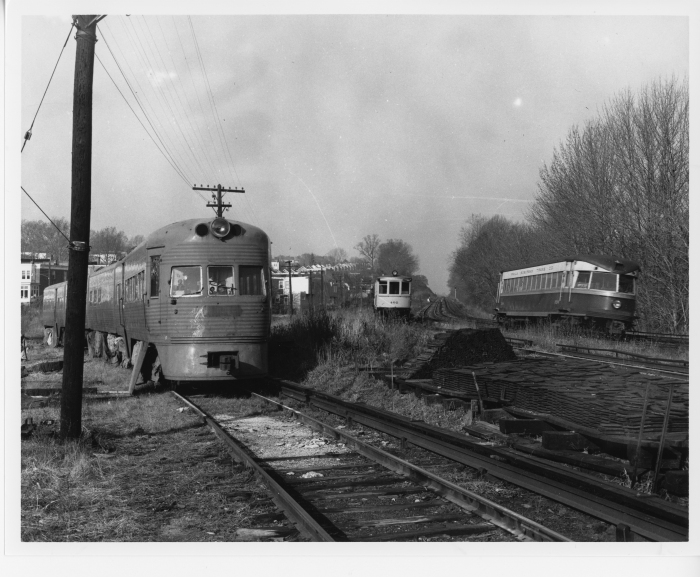
Philadelphia Suburban Transportation Company (ex P&W) shops at Upper Darby with a northbound “Bullet,” work car 402, and a yet-to-be-refurbished ex CNS&M Electroliner in November 1963. (David H. Cope photo)
In the package, East Penn described their idea behind the exhibit:
The electric railway scene in the Philadelphia area has been characterized by a rich variety of systems. Although the vast city system has many admirers, visitors to our region during CERA’s lifetime were often drawn here by the Philadelphia Suburban Transportation Company’s Red Arrow Lines (and its predecessor, the Philadelphia and West Chester Traction Company, and successor, SEPTA-Suburban) – especially the 19 mile side-of-the-road line to West Chester. Others came to see, ride and photograph the third rail system of the Philadelphia and Western Railway and its connecting line, the Lehigh Valley Transit, whose Liberty Bell Limited line connected Philadelphia and Allentown. Still others came to see the PRSL West Jersey electrics and the Brilliners and Shore Fast cars of the Atlantic City and Shore. The exhibit, presented to our friends at CERA, depicts the great era of traction in the Delaware Valley during the CERA era.
Since 30 photos would be too many for one blog post, we will divide them up into three, with 10 photos in each. It seems very fitting to showcase these remarkable images here, for you, as a tribute both to the East Penn Traction Club, and to photographer David H. Cope. More to follow.
-David Sadowski
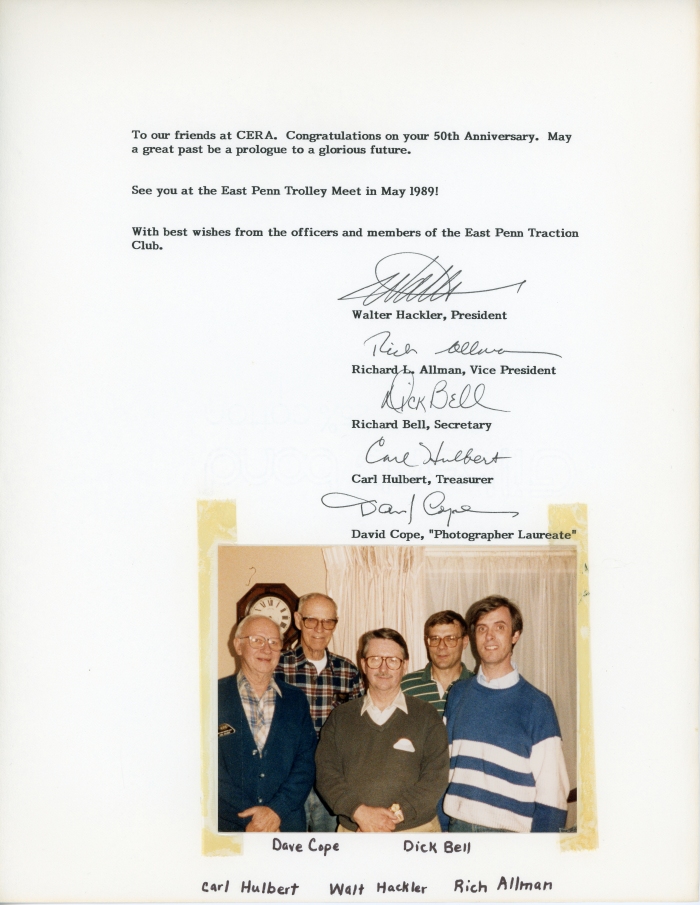
The East Penn Traction Club sent greetings to CERA in 1988. The East Penn officers are shown in this picture, along with the late David H. Cope, master photographer, who died in 2001.

Lehigh Valley Transit northbound Liberty Bell Limited at Villanova Junction in 1947. (David H. Cope photo)
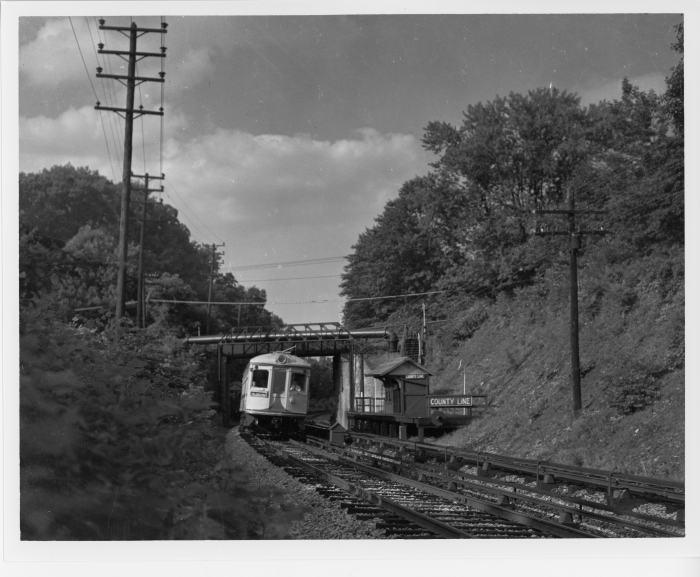
Lehigh Valley Transit southbound Liberty Bell Limited car 702 at County Line station of the P&W in 1947. (David H. Cope photo)
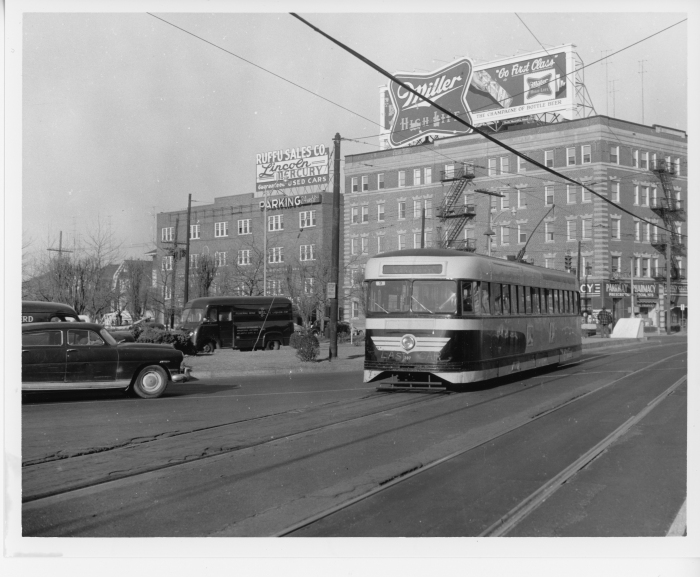
Atlantic City Transportation Company Brilliner 207 southbound on Atlantic Avenue on December 28, 1955, the last day of service. (David H. Cope photo)
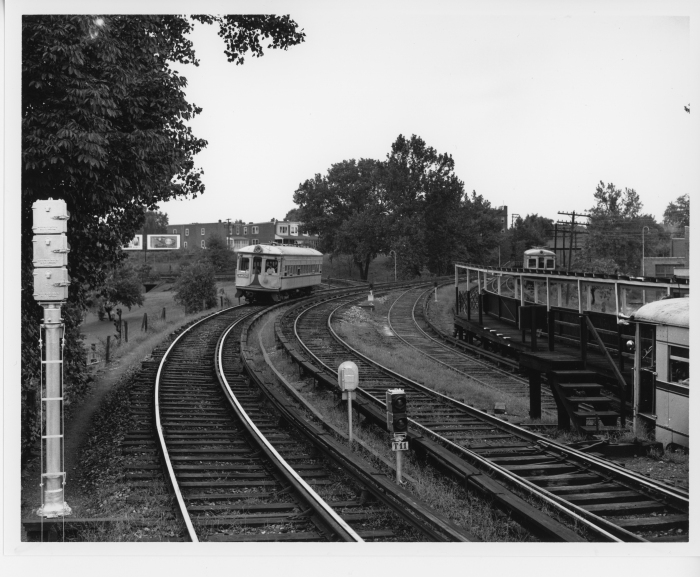
Lehigh Valley Transit 700 series car arrives at 69th Street Terminal of the P&W around 1948. (David H. Cope photo)
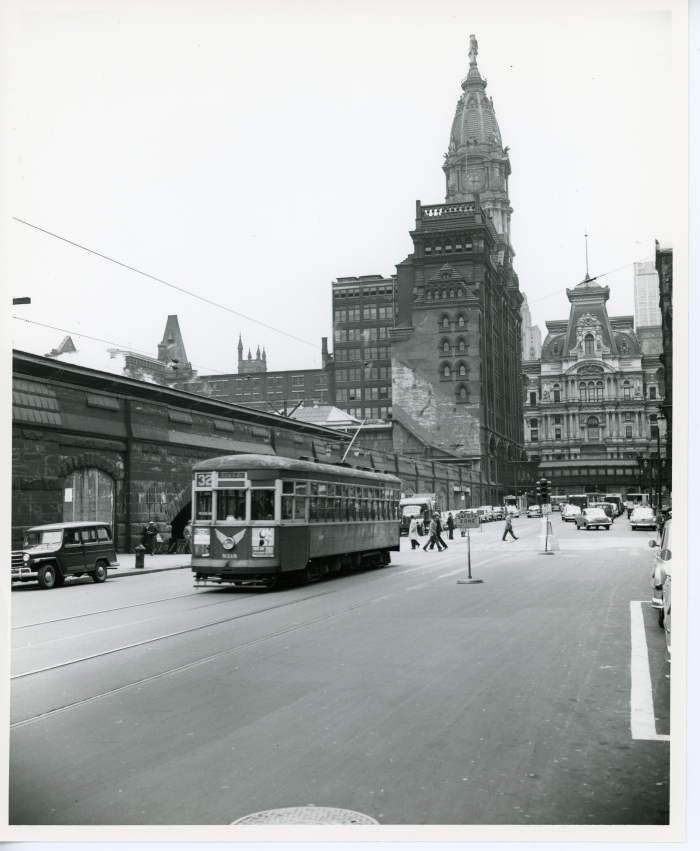
Philadelphia Transportation Company car 8518 westbound on Market Street at 16th with Broad Street Station on the left and City Hall in the background, around 1952. (David H. Cope photo)
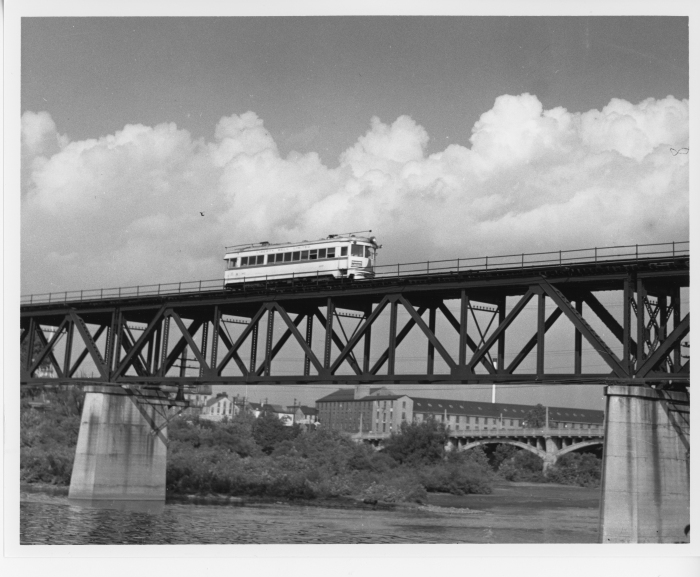
Lehigh Valley Transit southbound ex-C&LE lightweight crossing Schuykill River from Norristown to Bridgeport on the P&W around 1948. (David H. Cope photo)

Atlantic City Transportation Company Brilliner 219 at Longport around 1954. (David H. Cope photo)
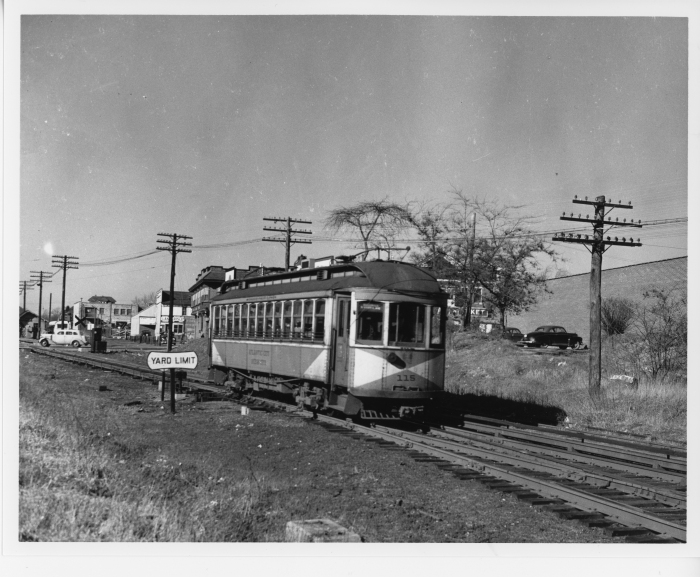
Atlantic City and Shore car 115 at Pleasantville in 1946. (David H. Cope photo)
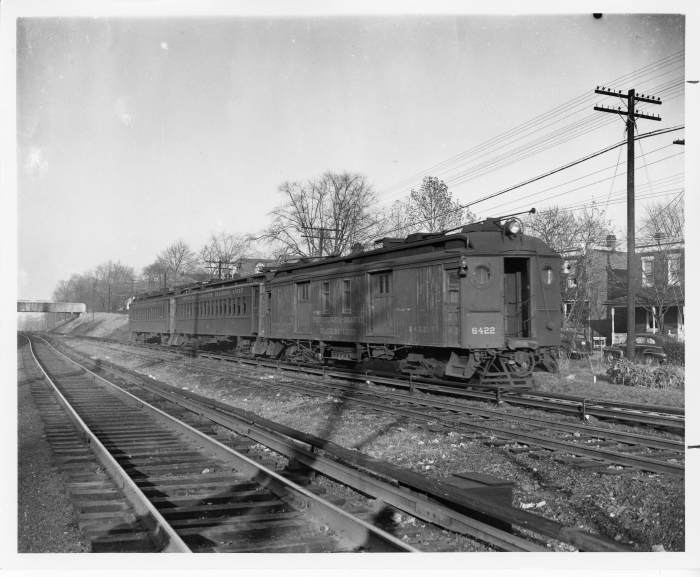
Pennsylvania Reading Seashore Lines West Jersey electric train at Woodbury around 1948. (David H. Cope photo)
Editor’s note- Edward B. Havens writes:
Many thanks to David Sadowski for sharing the CERA collection of David H. Cope traction photos. All are gems but one east of the Delaware River is a rare photo of Pennsylvania-Reading Seashore Lines [PRSL] electric multiple-unit [eMU] operation. In this photo, note the wooden baggage car and the two steel MP54d commuter coaches, all equipped with trolley poles (because of numerous Camden area grade crossings) and third rail shoes.
Here is a diagram of the steel MP54d cars from the Pennsylvania Railroad Technical and Historical Society website:
http://tinyurl.com/o4hmyza
The same route used by these eMUs, Camden-Woodbury-Glassboro, is currently being studied for a diesel multiple0-unit [DMU] operation similar to NJ Transit’s River Line.
The PRSL third rail route originally ran to Millville but was truncated to Glassboro after the New Jersey Public Utility Commission ordered all PRSL wooden interurban-style passenger equipment out of use as a safety hazard. With a limited number of steel MP54d cars, the Glassboro line only continued until 1949 when non-electrified commuter rail was substituted.
Other comments from the Yahoo Philly Transit group:
One correction that needs to be made to Ed’s post is that they did not originally run to Millville, they originally ran to Atlantic City, then were cut back to Millville, then to Glassboro.
The electric routes to Millville and Atlantic City both ran through Glassboro, but then split at Newfield.
Since the prohibition on wood cars only applied to passenger carrying cars, the wood Railway Post Office cars did run as shown until the end of all electric service.